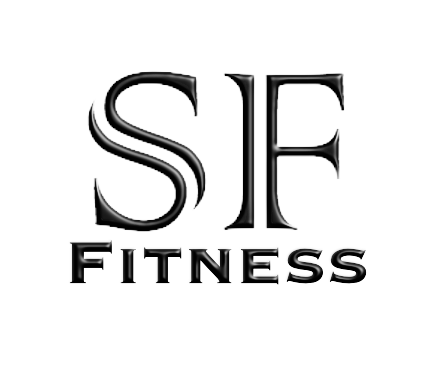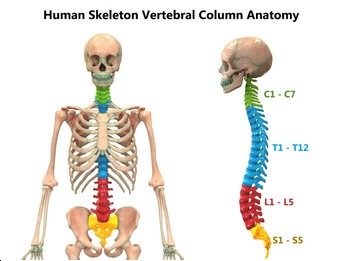Axial load is a type of force applied to a structure. Specifically, along a certain axis. In this case, that structure/axis is your spine, and force is applied either from the skull down or vice versa. Whether you slip and fall directly on your bum or jump and hit your head on the ceiling, they are arguably similar. So why is talking about this worth mentioning?
Meat and Potatoes | Spine Anatomy

Your spine is incredibly resilient. It is comprised of 29 individual bones called vertebrae. Between these vertebrae are intervertebral discs. Surrounding the spine are deep, intrinsic muscles and tendons that act like guide wires to support it. Point being, your spine is built for you to do all sorts of movement.
Structurally, it has natural anatomical curves called lordotic or kyphotic, respectfully. These curves, along with the intervertebral discs and intrinsic muscles, help absorb forces / loading.
Why Is This Important?
Your spine absorbs these forces in everyday life. Walking down stairs, plopping down in a chair, or jumping and absorbing a landing. Overtime though, these movements add up, injuries occur, and sometimes something as simple as misstepping while carrying a moderately heavy object can send pain across your back or down your leg / arm.
Fortunately, The Square 1 System has a great way reduce neural-compensation along the line of spinal compression.
Results
After this session, Kendall had better balance, more body awareness, and performed extremely well in her volleyball tournament the next day.
Interested in getting on the table? Contact us at the email below and we’ll get you in touch with someone near you.


Recent Comments